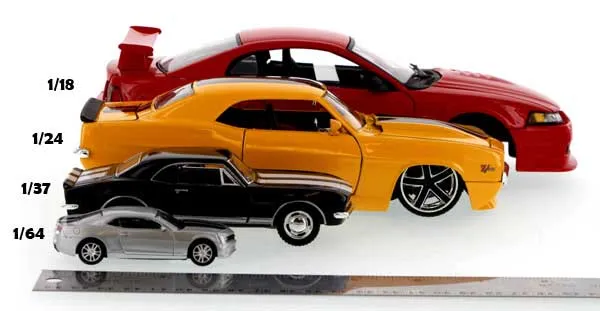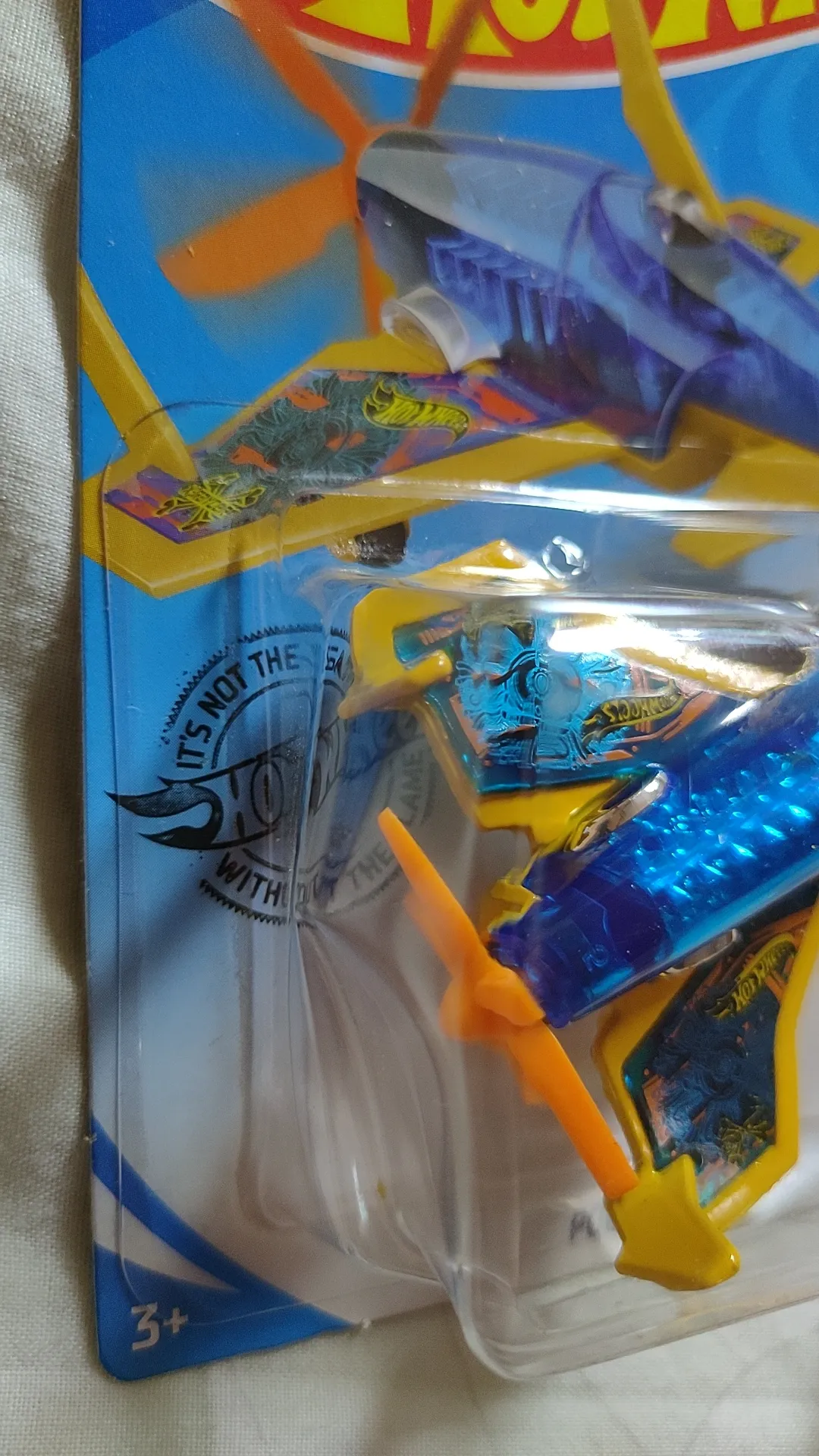What is a Diecast Car
Diecast cars are miniature automobiles made using a specific manufacturing process called die casting. This method involves injecting molten metal, typically zinc alloy, into molds to create highly detailed replicas of real-life vehicles. These models are not just toys; they are sought-after collectibles, representing various eras, car models, and even fictional vehicles. The term “diecast” refers to the process itself, and the resulting products are known for their durability, accuracy, and the ability to capture intricate details. Diecast cars offer a tangible connection to automotive history and design, making them popular among enthusiasts of all ages. The hobby transcends mere ownership; it’s about preserving a passion for cars in a miniaturized form, reflecting engineering feats and cultural icons in a compact form.
The Diecast Manufacturing Process
The die casting process is the heart of diecast car production. It starts with creating precise molds, often made of steel, that define the car’s shape and features. Molten metal, usually a zinc alloy, is then injected into these molds under high pressure. This rapid injection ensures that the metal fills every detail of the mold, from the body to the smallest components like door handles and grilles. Once the metal solidifies, the mold opens, and the car is ejected. The raw casting then undergoes various finishing processes, including cleaning, trimming excess material, and painting. High-quality diecast models are often hand-painted and assembled, adding to their value and authenticity. This manufacturing technique allows for incredible detail, making diecast cars accurate representations of their full-sized counterparts. The complexity of the process contributes to the premium feel and enduring appeal of these miniature vehicles.
Scale and Proportion in Diecast Cars

Diecast cars are not built in a 1:1 ratio; they are scaled-down versions of real cars. This scaling allows collectors to amass a diverse collection without requiring vast amounts of space. The scale refers to the ratio between the model’s dimensions and the actual car’s size. Common scales, such as 1:18, 1:24, and 1:43, represent the model’s size relative to the original. For example, a 1:18 scale model is 1/18th the size of the actual car. Selecting a scale is crucial for collectors as it affects the level of detail, the overall size of the models, and the amount of display space required. Furthermore, the choice of scale frequently influences the availability of certain models and the breadth of the collecting community. The precision of scale is important in accurately recreating the original car’s design and proportions, providing a realistic miniature experience.
Common Diecast Car Scales
Several scales dominate the diecast car world, each offering a unique collecting experience. 1:18 scale is a popular choice for its balance of detail and size, providing a significant level of intricacy. 1:24 scale is slightly smaller but still offers excellent detail, making it another widely collected option. 1:43 scale is a more compact choice, perfect for those with limited space or wanting to amass a vast collection. Other scales, such as 1:64 (often referred to as ‘matchbox’ or ‘hot wheels’ scale), are popular for their affordability and abundance. The choice of scale is a matter of personal preference, influenced by factors such as display space, desired level of detail, and budget. Collectors frequently specialize in one or two scales, building their collections around these chosen dimensions. Understanding the common scales helps collectors make informed decisions, enabling them to build collections suited to their particular interests.
Materials Used in Diecast Cars
The quality and type of materials significantly impact the realism, durability, and collectibility of diecast cars. The primary material is typically a zinc alloy, which is strong, durable, and ideal for capturing fine details during the die casting process. The alloy ensures the car can withstand handling and aging while maintaining its shape and detail. In addition to the metal body, other materials are utilized to complete the cars. Plastic is often used for interior components, such as dashboards, seats, and steering wheels, providing additional detail and realism. Rubber tires and other plastic parts like lights, mirrors, and windshields complete the model. The combination of these materials allows manufacturers to create highly detailed and accurate replicas. High-end diecast cars use more premium materials, and details such as metal chassis enhance their value and appeal among collectors.
Zinc Alloy Diecast Cars

Zinc alloy is the cornerstone of most diecast car bodies. This metal is excellent for the die-casting process because it melts at a relatively low temperature, making it easier and more cost-effective to work with than other metals. It’s also known for its ability to capture intricate details, such as the lines of a car’s body, the details on the engine, and other fine features. The strength of the zinc alloy ensures that the car can withstand years of handling and display without significant wear and tear. Moreover, the metal provides a solid base for paint and other finishes, which enhances the car’s appearance. The alloy’s resistance to corrosion and the ability to hold sharp details make it ideal for replicating real car models, making the zinc alloy a critical element in the world of diecast cars.
Plastic Components
While the body of a diecast car is typically made of metal, plastic components play a vital role in the overall detail and realism of the model. Plastics are employed for various parts, including the interior details, the windows, tires, and external accents like lights and mirrors. These plastic parts enable manufacturers to achieve intricate details that might be challenging or expensive to create with metal. Plastics are also easier to color and shape, enabling the creation of realistic interior elements. The use of plastic components offers the added advantage of reducing the overall weight of the model while enhancing its appearance. The skillful use of different types of plastics, combined with high-quality paint finishes, enables manufacturers to create highly accurate and visually appealing miniature cars that captivate collectors and enthusiasts alike.
History of Diecast Cars
The history of diecast cars is intertwined with the evolution of toy manufacturing and the rise of automobile culture. The origins of diecast cars can be traced back to the early 20th century when manufacturers began using the die-casting process to produce toy cars. These early models were often simple and crude compared to today’s highly detailed replicas, but they laid the foundation for the hobby. Over the decades, the technology of die casting improved, leading to more sophisticated and realistic models. Following World War II, diecast cars became increasingly popular, with manufacturers expanding their product lines and catering to the growing demand. Today, the diecast car industry is a global market with millions of enthusiasts collecting models from various eras and manufacturers.
Early Diecast Models

Early diecast models were rudimentary compared to the intricate replicas available today. They were often made from basic materials with simple designs and limited detailing. Some of the earliest diecast cars, like those produced by Dinky Toys in the 1930s, were constructed of lead alloy and were designed to withstand rough play. These models were typically smaller in scale and less detailed, but they were an instant success. The primary purpose of early diecast cars was as toys for children. As time progressed, manufacturers began to focus on producing more accurate and detailed models. These early cars were significant in establishing diecast cars as a popular toy. These early models are prized collectibles, representing a fascinating glimpse into the history of toy manufacturing and automobile design.
Diecast Cars and Collectibility
Diecast cars have transitioned from being children’s toys to valued collectibles. Several factors contribute to their appeal among collectors. The authenticity of the cars, which is determined by the accuracy of details and the quality of the materials, is paramount. Limited edition models, those produced in small quantities, and those that commemorate special events, are generally highly sought after. The interest in vintage models, reflecting classic cars and historical periods, is also a significant driver of the collecting hobby. Collectors not only appreciate the artistry and craftsmanship involved in the production of these miniature cars but also the emotional connection to the real-life vehicles they represent. Collecting diecast cars is an enduring hobby that offers a rewarding experience.
Factors Influencing Value
The value of a diecast car is influenced by multiple factors. The model’s condition is a significant determinant of its value, as pristine models with original packaging fetch higher prices. Rarity, determined by the number of models produced, has a direct effect on value. Limited editions, those manufactured in small runs, and special releases command premiums in the market. The detail and accuracy of the model also contribute to its value, as do the quality of the materials used. The manufacturer and the brand’s reputation play a role, as well as the model’s historical significance. Demand is another factor; the popularity of the car being replicated and the collecting community’s interest drive prices up. Understanding the factors that influence value helps collectors evaluate, buy, and sell diecast cars intelligently.
Rarity and Limited Editions

Rarity and limited editions are key elements in the collectibility of diecast cars, significantly influencing their value and desirability. Limited editions, produced in restricted quantities, immediately become highly sought after by collectors seeking unique pieces. These editions often commemorate special events, celebrate collaborations between manufacturers and brands, or feature exclusive designs and paint schemes. The scarcity of these models elevates their appeal. Rarity can also arise from factors such as manufacturing errors, discontinued production, or the use of unusual materials. Limited edition models represent a significant investment opportunity and a testament to the passion and dedication of diecast car enthusiasts. These models often become the centerpiece of any collection, providing a sense of exclusivity and appreciation.
Caring for Your Diecast Cars
Maintaining the condition of your diecast cars is critical for preserving their value and aesthetic appeal. Proper care involves a few simple, but effective, practices. Dusting the models regularly helps to prevent the build-up of dirt and grime. Storing cars in a cool, dry place away from direct sunlight minimizes the risk of damage. Handling models with care to avoid scratches, dents, or other physical damage is also crucial. Collectors often use display cases and protective packaging to prevent dust and other contaminants. Cleaning models appropriately and using specialized cleaning products preserves the finish. By adhering to these guidelines, collectors can maintain the integrity and value of their collection. Regular care extends the life of these miniature automotive treasures for years.
Cleaning and Maintenance
Cleaning and maintaining diecast cars involves a delicate approach to preserve their condition. Dusting the models regularly is a must, using a soft brush or a microfiber cloth to remove dust particles. For more thorough cleaning, use a slightly damp cloth with mild soap to gently wipe the surface. Avoid using abrasive cleaners or harsh chemicals that could damage the paint or details. Ensure that the models are completely dry after cleaning to prevent rust or corrosion. Inspect the cars for any loose parts or damage, addressing issues promptly to avoid further deterioration. Proper maintenance protects the models from environmental damage and preserves their value. By following these simple maintenance practices, collectors ensure their diecast cars remain in pristine condition, preserving their appearance and value.
Displaying Your Collection

Displaying your diecast car collection is a satisfying aspect of the hobby, offering a great way to show off your prized models. Display options include using display cases, shelves, or dedicated cabinets designed for collectors. Display cases protect your models from dust, dirt, and potential damage while allowing them to be seen and admired. Shelves offer a more accessible way to display your collection, allowing you to arrange cars based on scale, make, or theme. Ambient lighting, such as spotlights or LED strips, can enhance the visual appeal. It is essential to choose display methods that complement your space. Proper display not only protects your models but also showcases your collection to its best potential, while enhancing your enjoyment of the hobby and providing a showcase for your collection.
Where to Buy Diecast Cars
Diecast cars can be found in a range of venues. Hobby shops and specialty retailers are great places to start, as they often carry a wide selection of models and offer expertise on the hobby. Online marketplaces such as eBay and dedicated diecast car websites provide access to a vast selection of models, including rare and vintage pieces. Trade shows and conventions offer opportunities to buy, sell, and trade diecast cars. Auction sites are another source for acquiring collectible models, offering a chance to find unique pieces. Consider the reputation of the seller and examine detailed photographs before making a purchase. Finding the right place to buy diecast cars helps you to build your collection and participate in the community.
